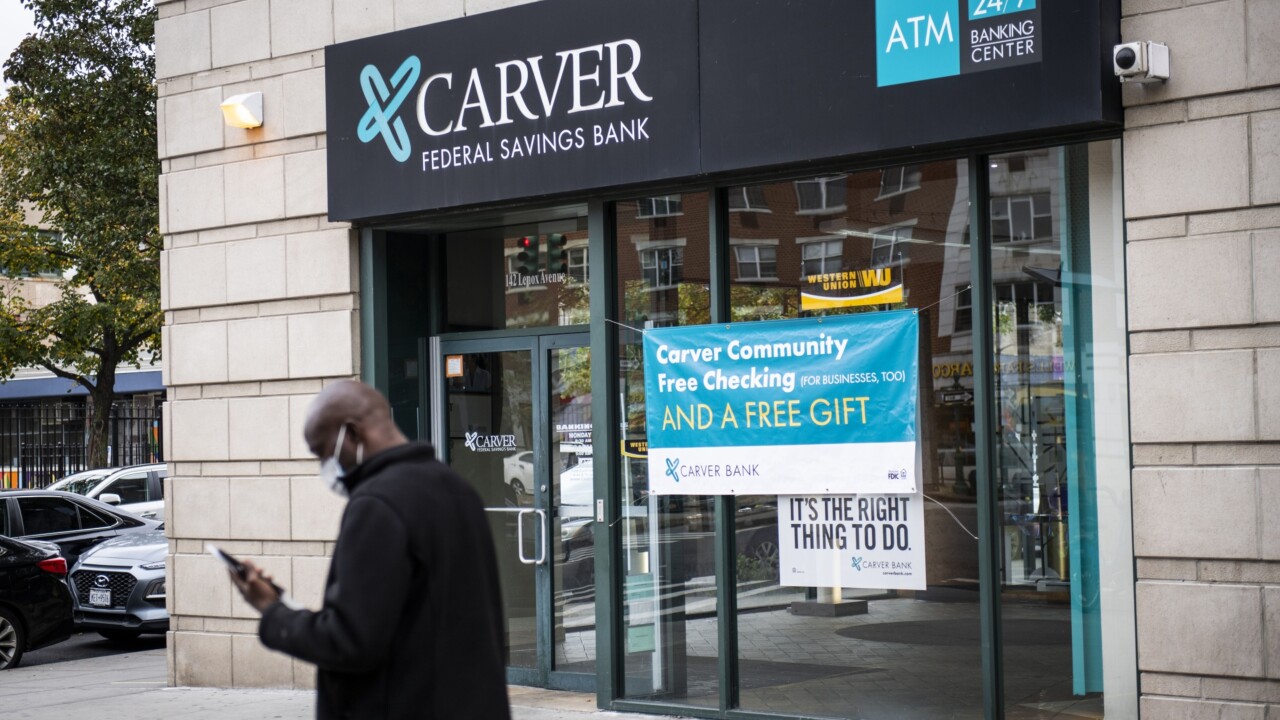Investors and deep-pocketed payments firms have funneled hundreds of billions of dollars into the payments industry, demanding results in areas as wide ranging as digital processing, consumer experience, risk management and compliance.
Stripe and Global Payments come from two different places—Stripe’s a relatively newer challenger, though with a large valuation; and Global Payments is a longtime merchant acquirer. But both must set the pace of change, or risk falling behind.
In separate interviews, executives from both companies discussed how they’re trying to do this.
Global Payments faces pressure on two fronts, from fintechs such as Stripe and Square; and from the other large traditional payment processors, all of which have gotten larger over the past year.
Global Payments was also part of that consolidation wave among
“In an environment where change is accelerating, if all we do is payments, we think we can lead in having scale and capital to invest in new innovation,” said Cameron Bready, president and chief operating officer of Global Payments.
That’s placed pressure on Global Payments’ Unified Commerce Platform. UCP is designed to do a lot of the things Stripe’s series of integrations does. UCP supports a basket of global cards from the U.S., Europe and China; about a half dozen mobile wallets, including Apple, Google, Samsung, WeChat and Alipay; installment payment fintechs such as Klarna; and security technology companies.
There’s more than 140 payment options, and UCP will be expanded in the next year as the integration of TSYS into Global Payments progresses.
“More enterprises are trying to consolidate around the payment function,” Bready said. “And these decisions are involving corporate treasury teams.”
Global Payments' most recent
Stripe’s response to the consolidation is to use its considerable valuation to focus on two areas: investments in enterprise technology and expanding its ability to act as a payment facilitator. Both sides are apparent from a pair of deals Stripe made this month.

It is working with point of sale credit provider Splitit to support a variety of payment services for Splitit’s merchants. Stripe also made a deal with e-commerce platform Lightspeed to integrate with Stripe Connect and Stripe Terminal.
The Splitit deal gives Stripe access to merchant credit, which has become a must-have for merchant acquirers. The Lightspeed deal allows restaurants to accept a range of digital transactions customized to the store’s own branding.
Both agreements are helping Stripe expand across the globe — one integration, acquisition or partnership at a time.
Stripe’s scale and valuation make it an attractive collaborator. Stripe’s APIs will allow Lightspeed to be live within the next three months. Stripe Connect automates payouts and keeps Lightspeed out of the flow of funds, a process designed to make things easier for Lightspeed from an operational and regulatory perspective, particularly outside the U.S.
And that’s the pain point Stripe wants to address. Payment facilitation is about assembling thousands of little services in dozens of markets. Beyond the strategic promise to diversify or make payments “invisible” are third-party plugins and partnerships that need to work with different currencies and follow different rules.
“Registering as a payment facilitator works if all you want to do is take U.S. payments. The minute you want to do it internationally, it breaks down with regulators,” said Jeanne DeWitt Grosser, head of North America Revenue and Growth at Stripe.
“The payment industry really is the regulation industry, and that differs,” Grosser said. “In Europe, you are dealing with PSD2, and other areas you don’t, which means you have different rules as to where payments can and can’t be in the fund flows.”
Stripe has been making arrangements with dozens of software platforms to support Stripe’s checkout technology, including fitness merchant services provider
These integrations fit with other deals, such as Stripe’s acquisition of
“What we can do for a firm like Lightspeed is help them be a much bigger piece to what makes a small business successful,” Grosser said. “And financial services like lending and card issuing are highly relevant to that.”
The deals are likely to continue. Fintech and processor mergers will occur for the next few years as payments move from the early stage of digitization (moving from cash) to full digital transformation, said Krista Tedder, head of payments for Javelin Strategy & Research. Issues such as open banking will force more change as banks and other clients add data management and analysis to accommodate links between banks and financial services apps.
“Finding ways to have secure API and blockchain integration, provide data aggregation, money movement and consumer privacy management will be key,” Tedder said. Managing FX rates/liabilities, sending P2P, e-commerce purchases and bill pay can all benefit from cross-border real-time money movement, she added.





